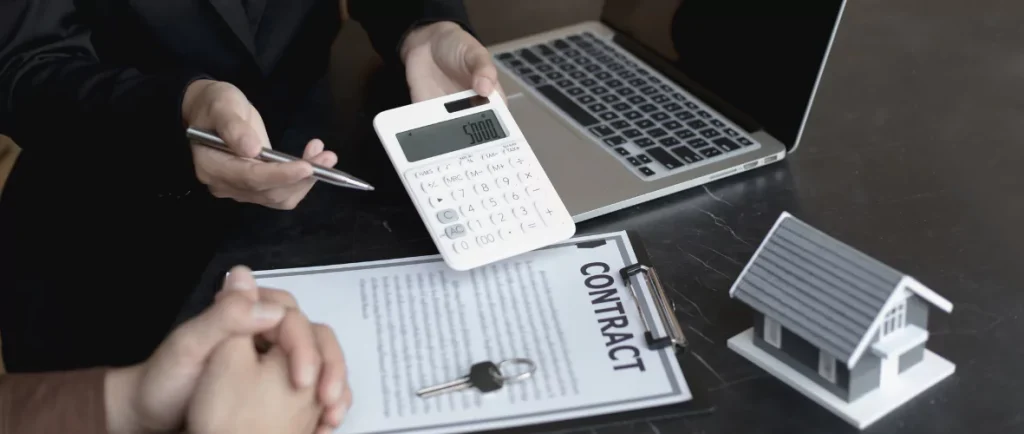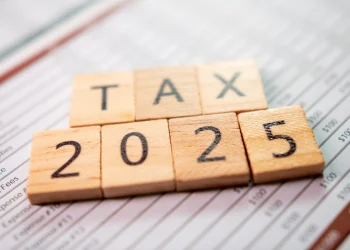Let’s be honest, your credit score can feel like a mysterious, all-powerful number that holds the keys to your dreams. Want a new car? That number has a say. Dreaming of homeownership? It’s sitting in the front row of the approval process. It can be intimidating, but what if I told you that it’s not some enigmatic beast? It’s more like a financial report card, and the beautiful part is that you are the one holding the pencil. You have the power to change your grade.
The world of credit is evolving, and 2025 brings both new challenges and new opportunities. Forget the outdated advice; it’s time to get strategic. This comprehensive guide is your roadmap to meaningful, lasting credit score improvement. We’re going to dive deep into seven proven strategies that go beyond the basics, empowering you to take control of your financial narrative and build a score that opens doors.
Understanding the Engine: What Really Drives Your Score?
Before we jump into the “how,” it’s crucial to understand the “why.” Your credit score, typically a FICO Score, is calculated using a specific recipe. Knowing the ingredients and their proportions is the first step to mastering it. Think of it like baking a cake—if you don’t know you need flour, you’re going to have a bad time.
- Payment History (35%): The heavyweight champion. This is simply whether you pay your bills on time, every time. It’s the most significant factor because lenders want to know, above all else, if you’re reliable.
- Amounts Owed / Credit Utilization (30%): This is the ratio of your current revolving credit card balances to your credit limits. It’s not about how much debt you have in total, but how much of your available credit you’re using. Keeping this number low is critical.
- Length of Credit History (15%): Time is your friend here. This factor considers the age of your oldest account, the age of your newest account, and the average age of all your accounts. A longer, well-established history is beneficial.
- Credit Mix (10%): Lenders like to see that you can handle different types of credit responsibly. This includes revolving credit (like credit cards) and installment loans (like a mortgage, auto loan, or student loan).
- New Credit (10%): This involves the number of hard inquiries on your report from applying for new credit. Opening several new accounts in a short period can be seen as risky behavior.
Now that we know what we’re working with, let’s get into the actionable strategies that will move the needle in 2025.
Strategy 1: Become a Payment Perfectionist
We’ve established that payment history is the kingpin. A single late payment can haunt your report for up to seven years. The solution? Become utterly obsessed with on-time payments. Set up autopay for at least the minimum payment on every single account. Treat it like a non-negotiable bill, such as your electricity or water. If autopay makes you nervous, set calendar reminders a week before each due date. This isn’t just a tip; it’s the absolute foundation upon which all other credit score improvement is built.
Strategy 2: The Magic of Credit Utilization Mastery

This is where most people can see the fastest gains. The golden rule is to keep your overall credit utilization below 30%. But for truly elite scores, aim for under 10%. If you have a $10,000 total credit limit across all cards, try to keep your total balances owed below $3,000, and ideally below $1,000.
How do you do this? You can make multiple payments throughout the month, not just one. If you know you have a large purchase coming up, pay down your balance before the statement closing date. This ensures that a low balance (or even a $0 balance) is reported to the credit bureaus, which can give your score a serious boost.
Strategy 3: Become a Strategic Credit Limit Seeker
A simple yet powerful way to instantly lower your credit utilization ratio is to increase your available credit. If you have a card you’ve had for a while and have always paid on time, call your issuer and politely ask for a credit limit increase. If granted, your total available credit goes up, and if your spending stays the same, your utilization percentage goes down. It’s simple math! Just be sure they can do this with a “soft inquiry” that won’t hurt your score, not a “hard pull.”
Strategy 4: The Older, The Better: Preserve Your History
That old department store card you opened a decade ago and never use? Don’t close it! Remember, the length of your credit history matters. Closing an old account removes that aged history from your average and can also increase your overall credit utilization by reducing your total available credit. Even if you don’t use it, keep that account open. Consider putting a small, recurring subscription on it (like your streaming service) and setting it to autopay in full each month. This keeps it active without requiring much thought.
Strategy 5: Diversify Your Credit Portfolio
If you only have credit cards, consider how adding a different type of credit might help your score in the long run. This isn’t about taking on debt you don’t need, but about being strategic. For example, a small installment loan, like a credit-builder loan from a credit union or a financed appliance with favorable terms, can show you can handle different payment structures. Once you pay it off, the positive history remains on your report.
Strategy 6: Turn Rent into a Credit-Building Powerhouse

For years, on-time rent payments, often your largest monthly expense, were invisible to your credit score improvement. Not anymore. 2025 is the era of alternative data. Services like Experian Boost allow you to add your telecom and utility bill payment history to your Experian credit file. By connecting your bank account, you can get credit for bills you’re already paying, potentially giving your score a quick and easy lift with no risk.
Strategy 7: Tread Lightly with New Credit Applications
Every time you apply for a new line of credit, the lender performs a “hard inquiry,” which can temporarily ding your score by a few points. While one inquiry isn’t a disaster, several in a short time frame can add up and signal to lenders that you might be a risk. Be intentional about applying for new credit. When rate shopping for a major loan like a mortgage or auto loan, know that FICO scoring models typically treat multiple inquiries for the same type of loan within a 14-45 day period as a single inquiry.
Conclusion | Credit Score Improvement
Credit score improvement is one of the most empowering financial journeys you can undertake. It’s not just about a number; it’s about building a solid foundation of financial discipline that will serve you for a lifetime. The seven strategies outlined here are your blueprint for success in 2025 and beyond. Start with the fundamentals—nail your payments and master your utilization—and then strategically build from there. Remember, every on-time payment, every dollar paid down, and every smart financial decision is a brick in the foundation of your brighter financial future.













